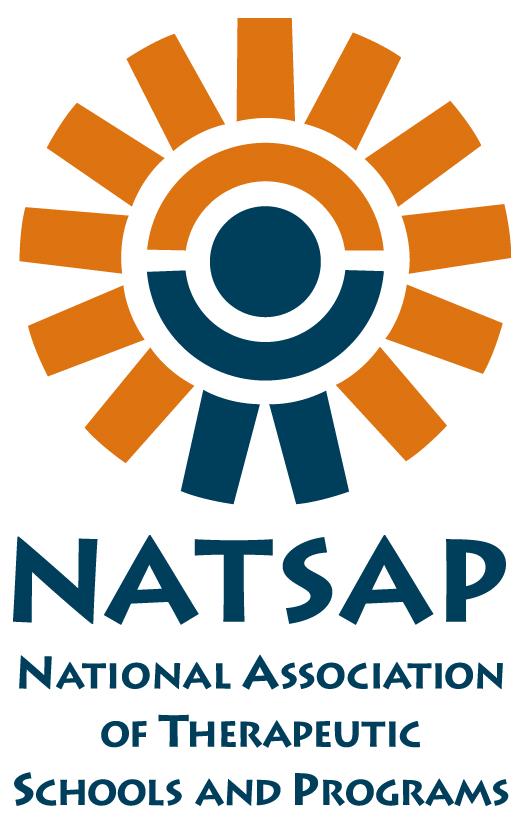Merriam Webster.com defines anxiety as painful or apprehensive uneasiness; abnormal and overwhelming feeling of apprehension and fear; or fearful concern or interest. Experiencing some worry or fear from time to time is normal and part of how we respond to situations. Anxiety can help us deal with a tense situation, such as studying harder for an upcoming test, focusing on something important or responding to a threat or danger. Anxiety can help us cope in a stressful situation.
Anxiety Disorders are when anxiety (excessive worry, fear or dread) interferes with normal day to day life; school, work and interpersonal relationships. Many Anxiety Disorders start in children and teens.
Symptoms of Anxiety Disorder vary but many are centered on excessive fear, worry or dread. Anxiety Disorders are named for the types of symptoms exhibited.
Examples of Anxiety Disorders:
- Panic Disorder
- Obsessive Compulsive Disorder (OCD)
- Generalized Anxiety Disorder (GAD)
- Post Traumatic Stress Disorder (PTSD)
- Social Phobia (Social Anxiety Disorder)
- Specific Phobias
The National Institute of Mental Health reports that 8% of teenagers ages 13-18 have an Anxiety Disorder.
Therapy and sometimes medication is used with therapy to treat Anxiety Disorders. The most effective therapy technique is called Cognitive Behavior Therapy (CBT). CBT is used to teach a person to recognize symptoms of anxiety, negative thinking patterns, coping skills, stress management and ways to change behavior.
Triumph Youth Services has been successful in treating Anxiety Disorders in teen boys and young men. They offer a small, highly structured family environment for youth. This family-like community promotes a social environment that takes on both therapeutic and healing properties instead of maintaining negative behaviors.
Triumph Youth Services provides a daily Life Skills Group with the goal of teaching a new set of responses to social situations, as well as how to integrate his behavior with others in the environment.
Contact Triumph Youth Services today. They have answers.
Reference:
http://www.nimh.nih.gov/health/publications/anxiety-disorders-in-children-and-adolescents/index.shtml
http://www.nimh.nih.gov/health/topics/anxiety-disorders/index.shtml












